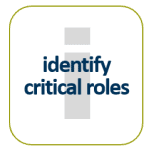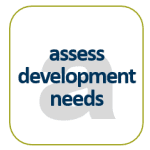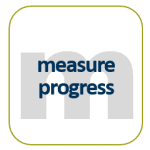How to Develop Talent for Succession Planning
Succession Planning Step 5: Develop Talent in Your Succession Pipeline
Many companies are not prepared for key personnel to leave their role, whether due to retirement, natural career progression, or other reasons. In fact, respondents to a KPMG global survey reported insufficient pipeline of future leaders and lack of internal candidates for critical roles as their top two talent management concerns.1
The sudden departure of a leader in a critical role can leave your company scrambling to replace them and may create a significant gap in knowledge and experience that will take time to rebuild.
What is Talent Development
Talent development is the process of developing individual employees’ skills and abilities, as well as nurturing (building and maintaining) the organization’s overall talent pool.
From recruiting and onboarding to succession planning, talent development is the engine that drives nearly every human resource (HR) process. Talent development can take a variety of forms, including:
- Regular feedback.
- Mentoring.
- Job shadowing.
- Performance reviews.
- Formal training and education.
- On-the-job training.
- Cross-functional training.
- Stretch assignments.
- Rotational programs.
- Leadership development programs.
- High-potential development programs.
- Individual development plans.
- Succession planning.
- And more.
Why Invest in Talent Development?
There are many benefits to establishing a robust talent development process – both for employees and the organization. These benefits are realized specifically when talent development is accompanied by coaching – in other words, a process that is intentional, structured, and supervised.
Benefits of talent development for employees include: 2
- Acquiring new skills.
- Improving relationships.
- Gaining other perspectives.
- Increasing role clarity.
- Increasing motivation.
- Building greater work/life satisfaction.
Benefits of talent development for the organization:
From the employer’s perspective, the benefits of talent development stem from the fact that happy employees produce healthier organizations. Not only does performance increase3, company loyalty does as well. When employees see that leaders are willing to invest in them and their career, they become more likely to plan to stay with the organization long-term. This leads to a reduction in turnover, which in turn improves the stability of the organization’s workforce and creates a culture of trust and commitment. As a result, relationships and patterns of communication are strengthened, and the entire organizational culture is transformed.4
Talent development programs also help employers attract and retain top talent. A recent survey done by Prudential Financial found that lack of growth opportunities was the second leading reason why employees were looking for a new job (cited by more than 1 in 5 participants who left their organizations during The Great Resignation).5 Similarly, WorkInstitute’s 2021 Mid-Year Retention Report indicated that the top driver of resignation was “career reasons.” More than 20% of individuals who left their job did so because they saw opportunities for advancement and professional development elsewhere. This number is 17.2% higher than it was in 2020 and 7.6% higher than in 2019.6
Building a talent development process may require a significant amount of time and money, however, given the growing demand for development opportunities, it is one of the most strategic investments an organization can make. Not only will a talent development program benefit employees as individuals, it will also ensure that the organization remains competitive in a global market where top talent is looking for opportunities to grow.
To learn how to build an effective talent development program from the ground up, download SIGMA’s guide: How to Launch a Talent Development Program.
Where Does Talent Development Fit into the Succession Planning Process?
Talent development is the most important – and most time consuming – stage of the succession planning process. However, it is well worth the investment. A comprehensive succession plan prepares organizations for inevitable personnel changes by identifying individuals who can replace employees in key positions. By putting succession plans in place and developing talent ahead of time, your company can minimize the impact on operations when leadership changes occur.
The first phases of the succession planning process include:
- Identifying the critical roles to include in your succession plan.
- Building a success profile for each critical role.
- Nominating succession candidates and building a succession bench for each critical role.
- Assessing candidates’ development needs.
Once the assessment stage is complete, leaders will have the information necessary for creating talent development plans tailored to the unique needs of each succession candidate. At this point you are ready to begin the most important – and most time consuming – step of the succession planning process: developing talent.
How to Ensure the Success of Your Succession Plan
To ensure that succession plans are successfully implemented, individual talent development plans must be created for each succession candidate. These development plans are based on gaps in skills and abilities between the candidate’s current assessment results and the success profile for the critical role in question. To help you structure this planning process, SIGMA has created the Development Actions Form.
Development Actions Form Template
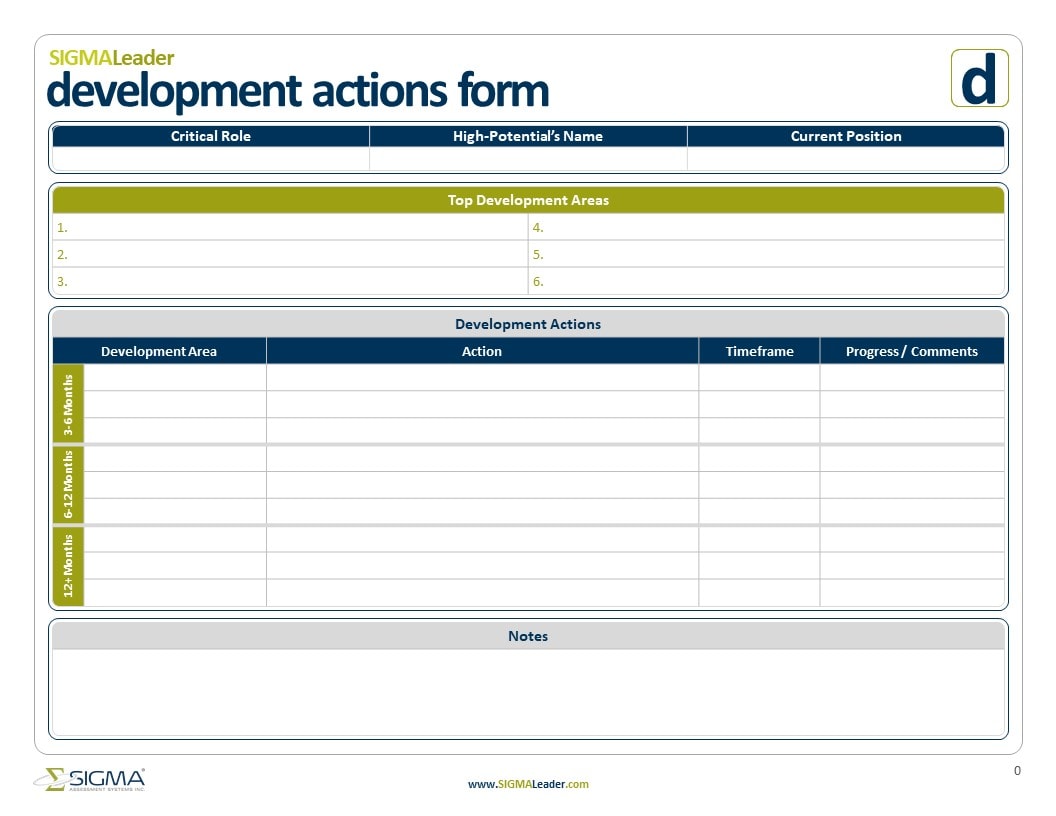
Using the Development Actions Form to Create Individual Talent Development Plans
Using validated assessments to measure a candidate’s performance, potential, character, emotional intelligence, and other traits provides you the data you need to fill out the Candidate Profiles that highlight the gaps between a candidate’s current capabilities and where they need to be in the future. The development stage is where you execute a plan to fill in those gaps and monitor development progress over time.
Here are some key talent management strategies to consider when preparing development plans:
Prepare plans for high-potential candidates
Create a development plan for at least all your high-potential succession candidates. Ideally, you should have development plans in place for your entire Succession Bench; however, high-potentials are an excellent starting place.
Customize the plan to individual needs
There are many methods (and combinations of methods) to fill development gaps, such as one-on-one executive coaching, stretch assignments, mentoring and so on. Select methods that best suit both the role and the individual. To access practical ideas for on-the-job talent development, explore SIGMA’s competency development guides.
Include measurable deliverables
Incorporate deliverables in each development plan that are measurable to ensure accountability. These metrics should be assessed every six months to ensure appropriate progress is being made.
Give candidates time and support
Ensure that succession candidates get the appropriate assistance and time to make progress in their skills. This will require backing from the individual’s leader (who often is the incumbent currently in the position).
Review plans regularly
Take time to review each development plan regularly and, at minimum, annually. Discuss the plan and progress to-date with both the candidate and his or her supervisor. This is also the time to update the Candidate Profile and your overall Succession Bench, to ensure these key documents remain current.
Executing employee development plans is an ongoing process that is critical to your succession plan.
Next Step: Measure Progress
Now that you’ve filled out the Development Actions Form and drafted individual talent development plans, you are ready start implementing and measuring your progress. The final phase of SIGMA’s six-step succession process is to measure your achievements and communicate progress to stakeholders.
Check out the last step in SIGMA’s six-step succession planning process for tips and tricks on how to measure progress.
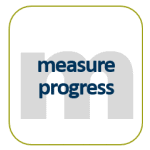

Talk to Glen.
Glen Harrison is an organizational transformation consultant and succession planning expert. Over the course of his career, Glen has worked with one-third of the Fortune 500 list and with every level of government in Canada and the United States. Having worked with numerous clients to build robust succession plans from the ground up, Glen has extensive experience in the application of SIGMA’s products and services to help organizations realize their people potential.
LOOKING FOR MORE?



- Time for a more holistic approach to talent risk. KPMG International. 2013 ↩︎
- ICF. (2020). Coaching Industry Hits $1 Billion, & Still Growing. ICF. Retrieved from https://canadacoachacademy.com/coachingindustry-hits-1-billion-still-growing/. ↩︎
- ICF. (2020). Coaching Industry Hits $1 Billion, & Still Growing. ICF. Retrieved from https://canadacoachacademy.com/coachingindustry-hits-1-billion-still-growing/. ↩︎
- ICF. (2020). Coaching Industry Hits $1 Billion, & Still Growing. ICF. Retrieved from https://canadacoachacademy.com/coachingindustry-hits-1-billion-still-growing/. ↩︎
- Newman, R. (December 14, 2021). Maybe bad bosses are causing the worker shortage. yahoo!finance. Retrieved from
https://finance.yahoo.com/news/maybe-bad-bosses-are-causing-the-worker-shortage-205009054.html. ↩︎ - WorkInstitute. (2021). 2021 MID-YEAR EMPLOYEE RETENTION REPORT. Reasons for LeavingShift as Open JobsSkyrocket. WorkInstitute. Retrieved from https://info.workinstitute.com/hubfs/Mid-Year%20Retention%20Report/2021%20MidYear%20Retention%20Report.pdf. ↩︎

